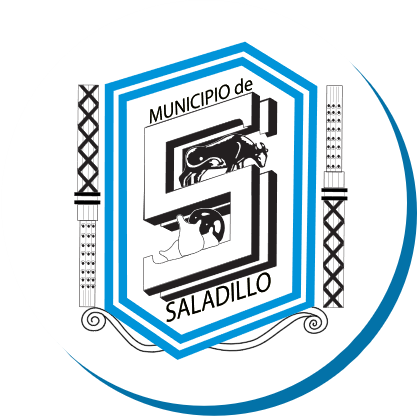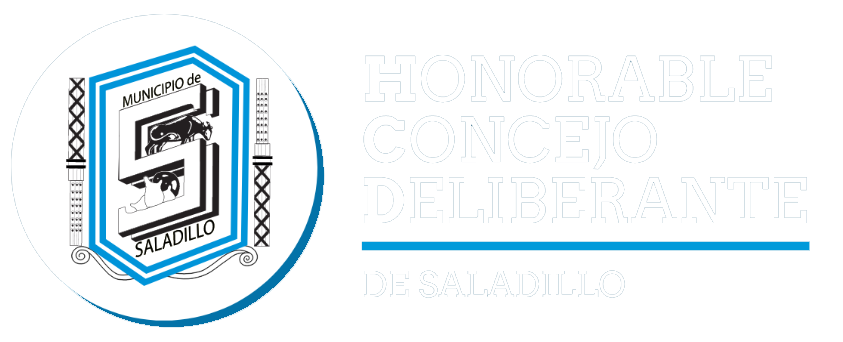Soon after becoming a friend of Tom Padgett, an insurance claims adjuster,Minkow devised a scheme to exploit that friendship. Minkow promised topay Padgett $100 per week if he would simply confirm over the telephone tobanks and any other interested third parties that Minkow�s company wasthe recipient of occasional insurance restoration contracts. Ostensibly,these contracts had been obtained by an- Minkow to clean and do minor remodelingwork on properties damaged by fire, storms, or other catastrophes. Thegullible Padgett was led to believe that the sole a purpose of suchconfirmations was to allow Minkow to circumvent much of the bureaucratic redtape in the insurance industry.
‘They just don’t come’: What’s making L.A.’s tourism tumble
Federalprosecutors estimate that, at a minimum, Minkow cost investors and creditors$100 million. The reported profits of the firm were nonexistent and thehuge restoration contracts, imaginary. As one journalist reported, rather thanbuilding a corporation, Minkow constructed a hologram of a corporation. In July1987, just three months after the company�s stock had reached a market valueof $220 million, an auction of its assets netted only $62,000. ZZZZ Best claimed to have diversified into the highly lucrative business of insurance restoration, claiming contracts worth millions of dollars. These restoration projects included repairing and restoring buildings damaged by floods and fires.
How Was the ZZZZ Best Fraud Discovered?
Before that conviction, he carried out a huge prison punishment from 1989 to 1995, being released just six years into his 25-year sentence. As a solution, Minkow wanted to gain KeyServ, Sears’ authorized floor covering cleaner, for $25 million. As indicated by Minkow, the revenues from KeyServ would give sufficient cash flow to end the Ponzi scheme.
top management goes to great length to fool the auditors?
It was discovered that while filming and producing his biography, he simultaneously was using his anti-fraud company to short stocks of companies he was investigating. A few years later, Minkow was sentenced to an additional five years in prison for defrauding his church and tax evasion. To launch an IPO, the Securities and Exchange Commission (SEC) requires a firm to compile a prospectus, which must include a set of audited financial statements.
ZZZZ Best was a floor covering cleaning and restoration company founded by Barry Minkow that filled in as a front for a renowned Ponzi scheme. The company opened up to the world in December 1986 and was immediately valued at more than $300 million. Inside just seven months of the initial public offering (IPO), be that as it may, ZZZZ Best was bankrupt and its assets were unloaded for around $64,000. On July 6, it emerged that officials with Community Bible Church had accused Minkow of running the FDI with church funds, applying for credit cards in the names of church members and leading his flock into bad investments.
- This case underlines the importance of due diligence and skepticism in financial dealings, highlighting how even seemingly thriving businesses on paper can collapse due to unethical practices.
- ZZZZ Best was an incredible company on paper and at one point was valued over a quarter billion dollars, then bankrupted shortly a while later.
- The ZZZZ Best scandal had far-reaching implications, leading to increased scrutiny and regulatory changes for public companies and those aspiring to go public.
- By late 1997, approximately forty radio stations scatteredacross the nation broadcast Minkow�s talk show.
- In July1987, just three months after the company�s stock had reached a market valueof $220 million, an auction of its assets netted only $62,000.
Conviction and prison
- This pushed Minkow’s sentencing back to July 21.5657 This was the second time Minkow’s sentencing had been postponed; it was originally slated for June 16 but was postponed to July 6.
- The SEC�s rules thatwere in effect at the time also required a former audit firm to file an exhibitletter to a former client�s 8-K commenting on the 8-K�s accuracy andcompleteness.
- Minkow has spoken to groupsof CPAs, educational institutions, and, most notably, the FBI Academy atQuantico, Virginia.
Before the deal was closed, the jilted homemaker sparked a campaign against ZZZZ Best that would expose more than the fraud committed against her. Upon his eventual release from prison, Minkow became a pastor and a fraud investigator. However, he would later be convicted of another fraud-related offense in 2011, showing a pattern of fraudulent behavior. These fraudulent activities allowed Minkow to secure loans and investments, which he used to expand ZZZZ Best. By the mid-1980s, the company had grown substantially and caught the attention of investors and the general public. Barry Minkow was released from jail most as of late in 2018 in the wake of spending time in jail for insider trading and embezzlement from his congregation.
Pet hotel to pay $150,000 to settle allegations of failing to report dog bites, lapse in safety protocol
Thomas Padgett, president of Interstate Appraisal Services, declined in an interview last month to give any details of the restoration contracts his firm had given ZZZZ Best, citing confidential agreements with his clients. ZZZZ Best, a fast-growing Reseda carpet-cleaning firm, said Friday that an internal probe had turned up “significant additional questions” about the accuracy of its financial statements. Prior to the arrival of Larry Gray and an attorneyrep�resenting ZZZZ Best�s law firm, Minkow�s subordinates visited the siteand placed placards on the walls at conspicuous locations indicating that ZZZZBest was the contractor for the building renovation. No details were overlookedby Minkow�s lieutenants; they even paid the building�s security officer togreet the visitors and demonstrate that he was aware in advance of their tour ofthe site and its purpose. Although the building had not been damaged and insteadwas simply in the process of being completed, the sting operation went off asplanned.
In particular, thesubcom�mittee was interested in whether Greenspan had discussed the insurancerestoration contracts with the new auditors. Shortlyafter Greenspan completed his audit of ZZZZ Best�s April 30, 1986, fi�nancialstatements, Minkow dismissed him and retained Ernst & Whinney to per�formthe following year�s audit. Apparently, ZZZZ Best�s investment brokerrequested that Minkow obtain a Big Eight accounting firm to enhance thecredi�bility of the company�s financial statements. About the same time, andfor the same reason, Minkow retained a high-profile Los Angeles law firm torepresent ZZZZ Best as its legal counsel. Barry Minkow’s company ZZZZ Best committed serious fraud and is one of the most mind-blowing realized Ponzi schemes ever. Even however Barry was released from jail early, he wasted the second chance and eventually ended up in a lot greater difficulty and ended up back in jail.
Barry Minkow claimed his fraudulent actions were driven by a need to repay organized crime. Establishing and maintaining an ethical corporate culture can deter fraud and promote long-term business sustainability. Leadership plays a crucial role in setting the tone for zzzz best financial statements ethical behavior throughout the organization. Federal prosecutors have estimated that Morze funneled more than $3 million to himself, his family and his girlfriend, of which about $650,000 was converted to cash and cannot be accounted for.
Lenders began to call their loans and more investigations commenced, unraveling Minkow’s dark web of deceit and fraud. Eventually, the truth behind the fictitious companies was revealed and the Ponzi scheme was exposed. As the Ponzi scheme continued, ZZZZ Best experienced significant cash flow problems. As a solution, Minkow planned to acquire KeyServ, Sears’ authorized carpet cleaner, for $25 million. According to Minkow, the revenues from KeyServ would provide enough cash flow to end the Ponzi scheme.
Although there are various true to life renditions of his story, he is in no way, shape or form a good example. ZZZZ Best was an incredible company on paper and at one point was valued over a quarter billion dollars, then bankrupted shortly a while later. In January 1988, Minkow and 11 other company insiders were prosecuted by a grand jury on counts of racketeering, money laundering, securities fraud, embezzlement, mail fraud, bank fraud, and tax evasion. Roughly a year after the fact, Minkow was found blameworthy on all charges, was condemned to 25 years in jail, and was requested to pay more than $26 million in restitution.

